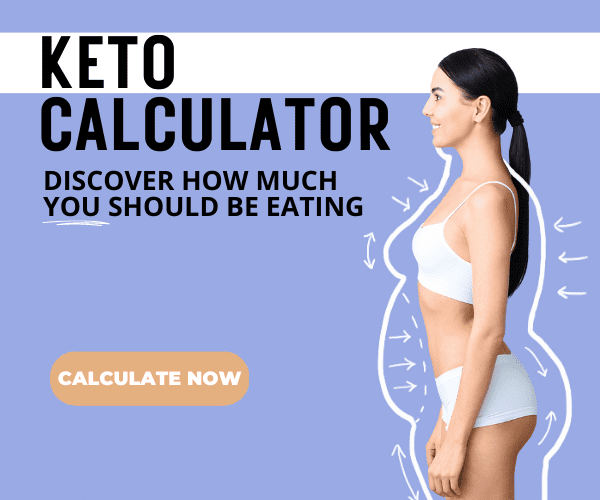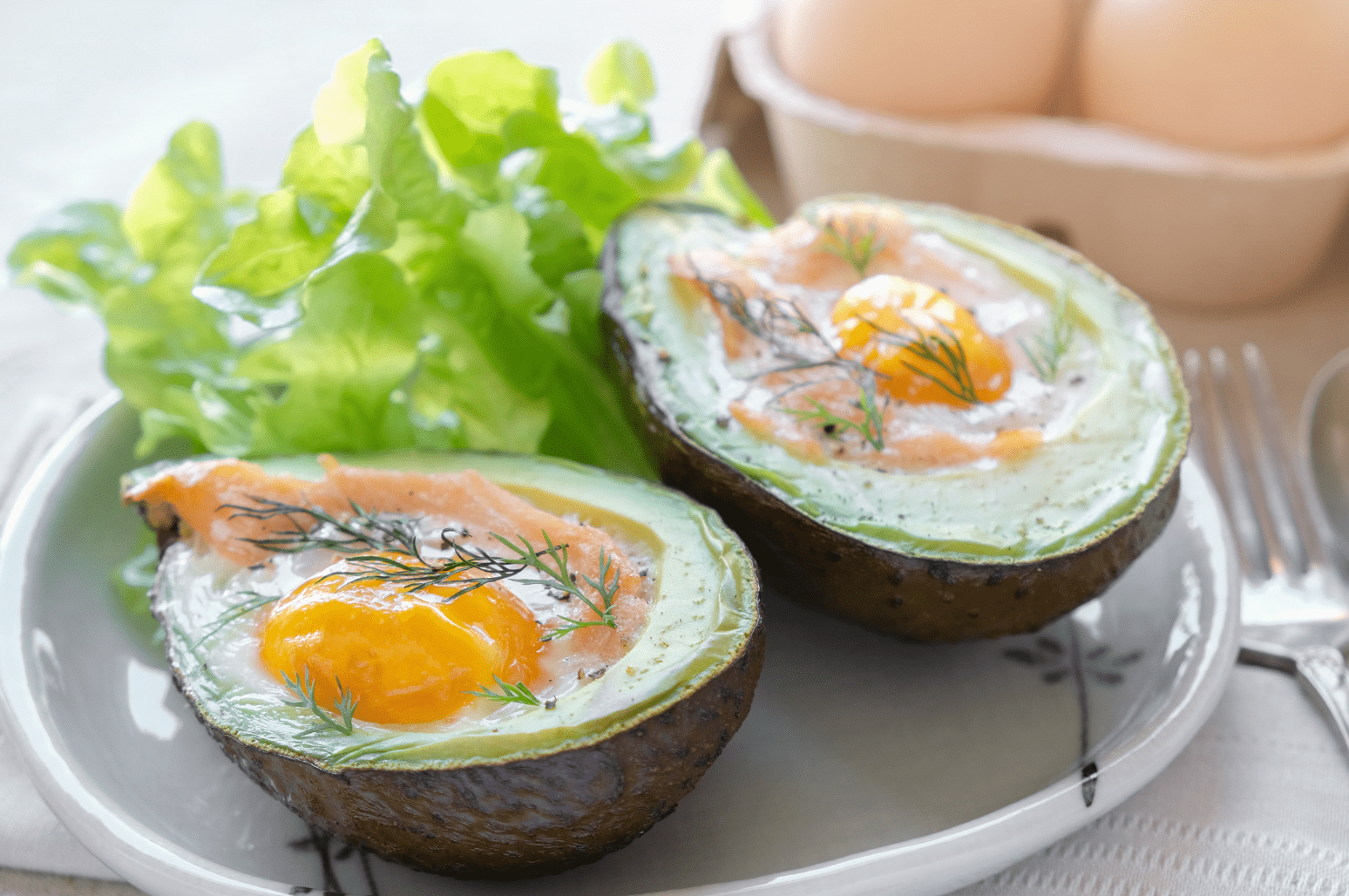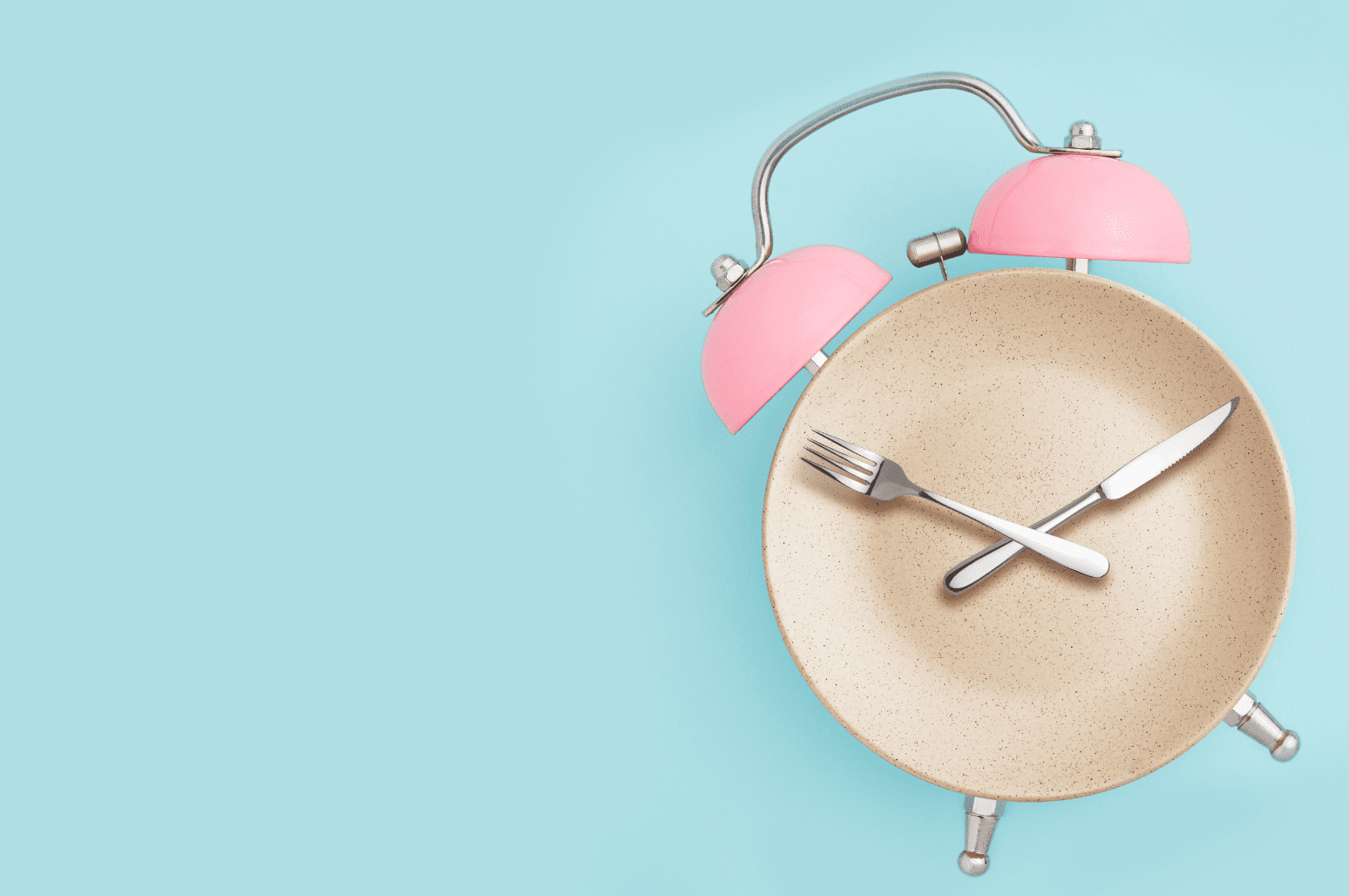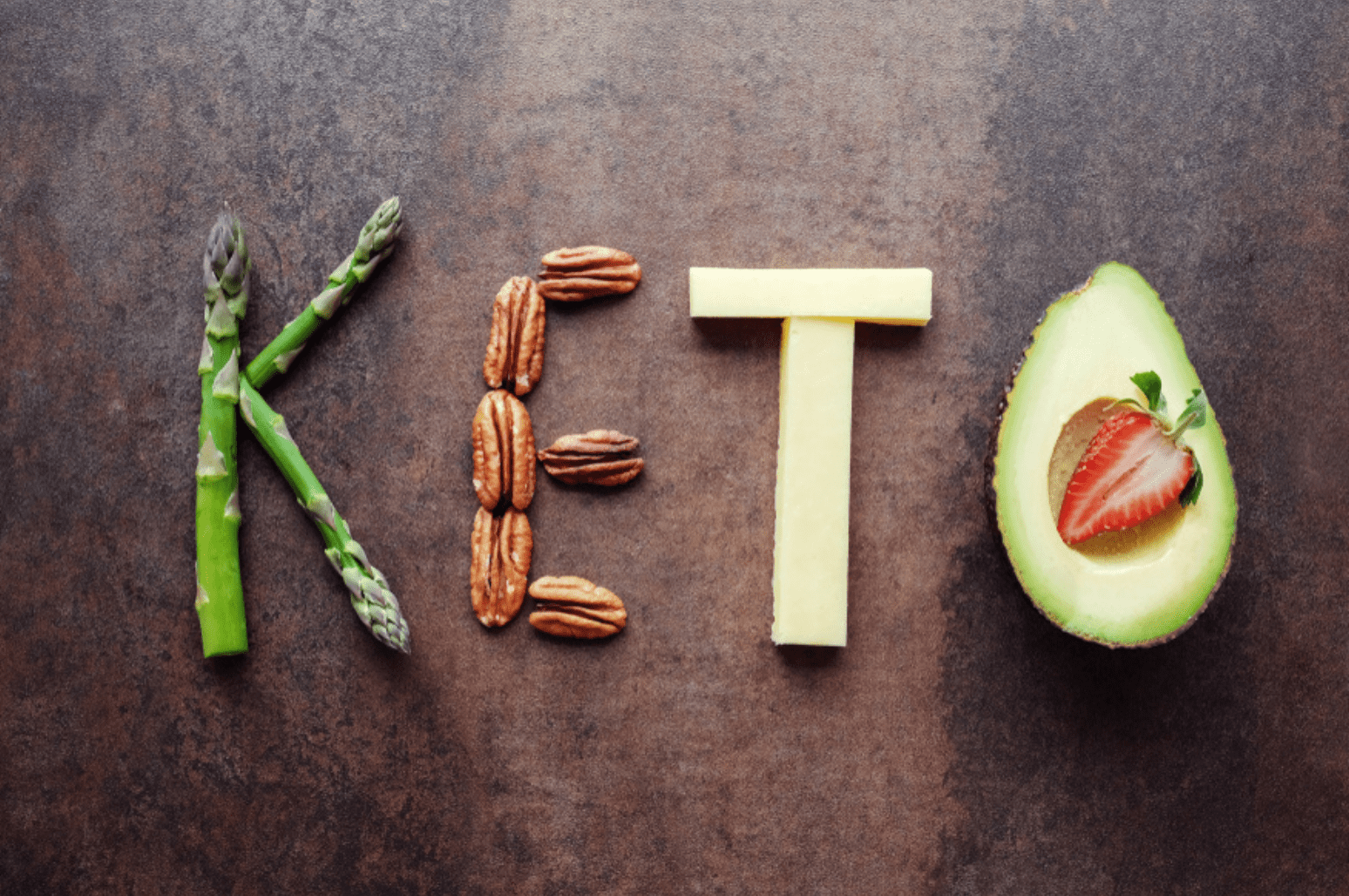
You can do keto in one of two ways: Meet your macronutrients OR hit these macros while getting them mostly from whole foods.
Both approaches lead to weight loss, but when it comes to maintaining good health, feeling your best, and keeping the weight off after losing it—food quality matters. This is where the clean keto diet comes in.
This guide covers the clean keto diet, its benefits, and tips on making it easy as possible for you.
The Benefits of Clean Keto
The clean keto diet limits carbs to 20-50 grams daily so that the body can reach a metabolic state of ketosis. Unless a person follows a high-protein version of keto, protein is kept moderate while fats are always high (about 55-60% of your total calories). [1]
On top of these macros, clean keto emphasizes the consumption of whole foods or minimally processed foods. Processed foods are still allowed, but only occasionally—since some people can’t stick to a clean diet 100% of the time.
We’ve previously discussed the differences between clean keto and dirty keto in case you’re still deciding which approach to use as a beginner. While the dirty keto diet can still result in ketosis and weight loss (at least in the short term), clean keto is better for the following reasons:
Micronutrient Density
Your body cannot produce micronutrients—vitamins and minerals—which is why you need to get them from food. Whole foods are the best sources of micronutrients. On the other hand, food processing leads to the loss of certain nutrients which are highly sensitive, such as ascorbic acid, folic acid, and thiamin. [2]
Skin Health
Highly processed foods contain harmful ingredients like added sugars and trans fats. Consuming them repeatedly can negatively affect your skin health in different ways.
For example, added sugars break down collagen, making your skin vulnerable to aging. [3] A study also shows that consuming trans fatty acids increases your risk of ultraviolet radiation (UVR) skin damage. [4]
Eating a clean diet can promote younger-looking and healthy skin, among other strategies like sleep and stress management.
Gut Health
One of the best things you can do to promote gut health is to reduce the processed foods you eat. A clean keto diet helps your gut by providing fiber, which can:
- Help with digestion, especially in people who are having constipation at the start of their keto diet. (In contrast, processed foods don’t just contain more sugars, but they usually lack fiber.)
- Increase the diversity and richness of your microbiome—the microorganisms in your gut. [5] Eating a wide range of foods, which happens on a clean keto diet, will boost your microbiome.
In addition to fiber, a clean keto diet provides prebiotics from foods like asparagus, artichokes, garlic, and onions. Prebiotics promote the growth of beneficial gut bacteria and lower the population of harmful gut bacteria. [6]
Break Through a Weight Loss Stall
If you’ve been on the keto diet for months now, and you’re experiencing a weight loss plateau, check your food choices. You might be consuming more calories, sugar, and carbs as a result of eating more processed foods.
Plus, it’s easy to overindulge in these foods since they taste more appealing. This is especially true if you’re not tracking your macronutrients and calories.
Speaking of calories, whole foods are naturally lower in calories, which helps with weight loss. (Although keep in mind that not all calories are equal and that you should be getting your calories from quality sources.)
What Foods Are Considered “Clean”?
A clean keto diet includes meats, fish, seafood, poultry, eggs, non-starchy vegetables, non-starchy fruits, nuts, seeds, animal fats (tallow, lard, ghee), and some herbs and spices.
For baking, choose almond flour and coconut flour, since these are low in carbs, and other sugar-free ingredients like cocoa powder and stevia.

Finding snacks that fit a clean keto diet can be challenging since many packaged options are highly processed and contain refined oils and non-keto sweeteners.
By checking the ingredients list before buying, you can be sure that you’ll consume only the good stuff. Otherwise, make your own snacks from scratch. If you want a complete keto grocery list, check out this guide.
How to Start a Clean Keto Diet Plan
The best way to get started on a clean keto diet is to know which foods are allowed and should be limited. By now, you already know that clean keto puts focus on real low-carb and high-fat foods.
Be sure to keep your fridge well-stocked with these foods so you’re guaranteed easy access to healthy meals. You’re unlikely to eat processed or “dirty keto” foods if you don’t have them at home in the first place.
If you’re a busy person, consider preparing your meals in advance. That way, you can simply reheat them when it’s mealtime!
Simplifying Your Clean Keto Approach

Cutting down on low-carb processed foods sounds difficult, but it doesn’t have to be. Plus, clean keto doesn’t completely eliminate them, especially since life can get overwhelming sometimes.
Here are three strategies for an easy and sustainable clean keto diet:
- Don’t overcomplicate meal prep. In other words, stick to simple recipes. More ingredients usually involve more steps while also adding more carbs to your diet (think spices, dairy, and sauces).
- Always have healthy snacks on hand. Make sure you have something to eat in between meals in case you go hungry. Snacks that are high in protein or fat will satisfy you without kicking you out of ketosis. Choose hard-boiled eggs, avocados, tuna, nuts, or fat bombs.
- Change your diet gradually. There’s no need to go “all in” when trying to eat cleaner on keto. In fact, it’s better to do it slowly. A gradual approach is less overwhelming and it helps to create lasting habits.
Final Thoughts on Following a Clean Keto Diet
The clean keto diet emphasizes obtaining your carbs, fat, and protein from whole sources.
In addition to their high nutrient density, unprocessed foods are free of added sugars and other harmful ingredients—and they’re also lower in calories.
Dirty keto may offer convenience while also allowing for ketosis and weight loss, but it has negative health consequences. Eating highly processed food is fine occasionally, but you should make clean eating your main focus if you want to thrive on keto.
References
Masood W, Annamaraju P, Uppaluri KR. Ketogenic Diet. [Updated 2021 Nov 26]. In: StatPearls [Internet]. Treasure Island (FL): StatPearls Publishing; 2022 Jan-. Available from: https://www.ncbi.nlm.nih.gov/books/NBK499830/
Reddy, M. B., & Love, M. (1999). The impact of food processing on the nutritional quality of vitamins and minerals. Advances in experimental medicine and biology, 459, 99–106. https://doi.org/10.1007/978-1-4615-4853-9_7
Danby F. W. (2010). Nutrition and aging skin: sugar and glycation. Clinics in dermatology, 28(4), 409–411. https://doi.org/10.1016/j.clindermatol.2010.03.018
R.C.S. Barcelos, L.T. Vey, H.J. Segat, K. Roversi, Kr. Roversi, V.T. Dias, F. Trevizol, F.T. Kuhn, G.S. Dolci, C.S. Pase, J. Piccolo, J.C. Veit, T. Emanuelli, S.C.A. Luz, M.E. Bürger. (2014). Cross-generational trans fat intake exacerbates UV radiation-induced damage in rat skin. Food and Chemical Toxicology, 69, 38-45. https://doi.org/10.1016/j.fct.2014.03.031.
Cronin, P., Joyce, S. A., O'Toole, P. W., & O'Connor, E. M. (2021). Dietary Fibre Modulates the Gut Microbiota. Nutrients, 13(5), 1655. https://doi.org/10.3390/nu13051655
Davani-Davari, D., Negahdaripour, M., Karimzadeh, I., Seifan, M., Mohkam, M., Masoumi, S. J., Berenjian, A., & Ghasemi, Y. (2019). Prebiotics: Definition, Types, Sources, Mechanisms, and Clinical Applications. Foods (Basel, Switzerland), 8(3), 92. https://doi.org/10.3390/foods8030092









